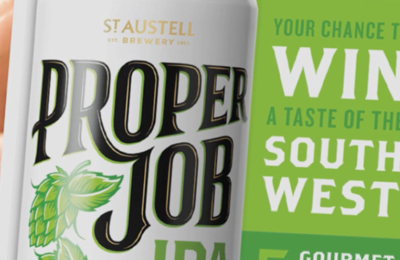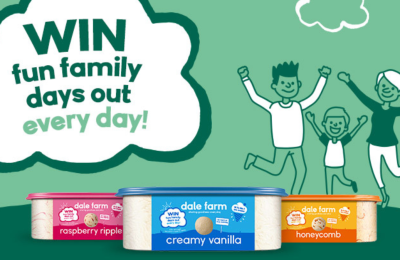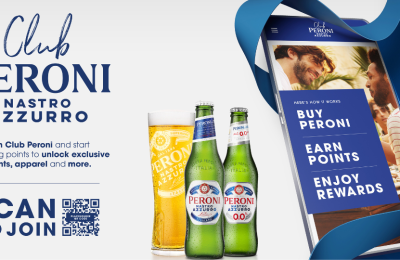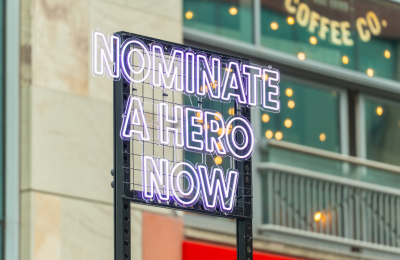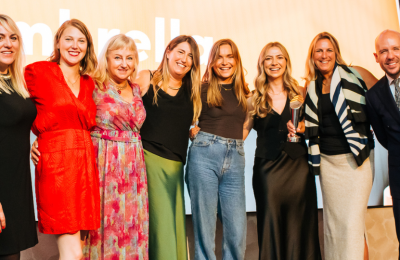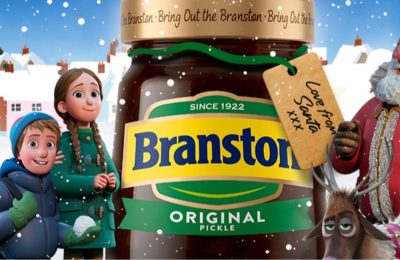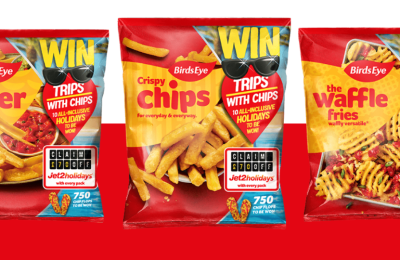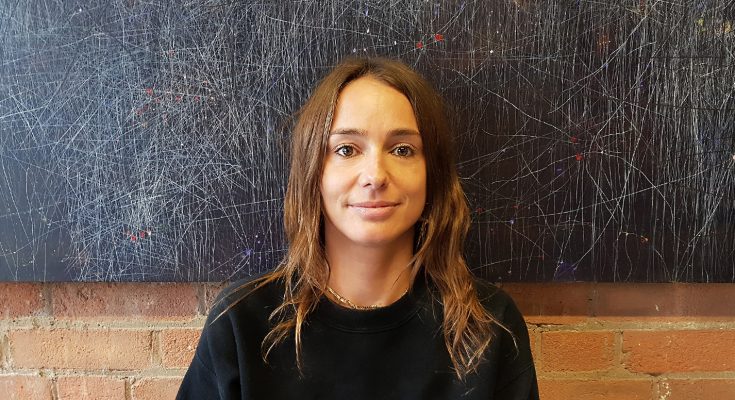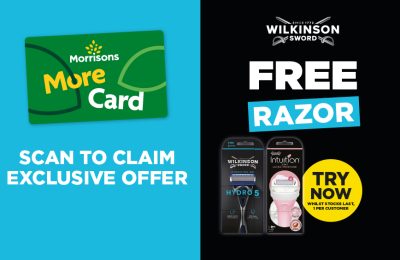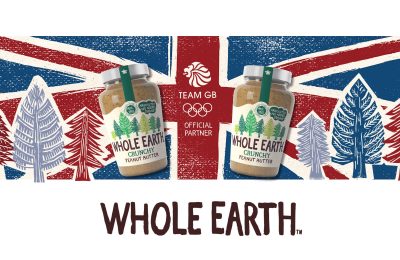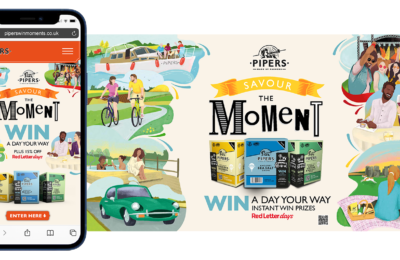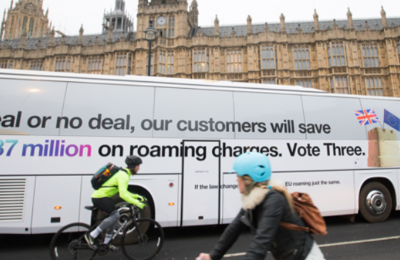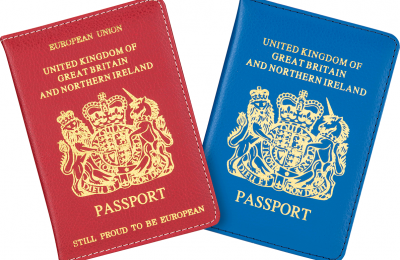Partnering with another brand for a promotion can be a great way to recruit new customers, but creating a win/win scenario isn’t always easy, says Harriet Lewis of NDL Group
Building a winning partnership proposition involves the investment of some initial effort, but if you get it right, the long-term benefits can be immense. The right approach will depend on your commercial and PR objectives, but the starting point is to identify potential partner brands.
Identifying potential partners
Like any marketing initiative, it’s important to begin by understanding customers and how they relate to potential partner brands. You need to clarify what makes them tick, so use good market research to gain real insight into their lifestyle, preferences and behaviours.
After this it should be possible to build a long-list of brands which may be worth approaching with a partnership proposition. Then it’s down to the hard graft of detailed desk research where you take a really close look at each brand on your list so that you can narrow down your short-list further still.
This work will help focus your approach – you may find out that they are already partnered with another brand; that they don’t do partnerships; or that they are already running another campaign so not ready to begin discussions on something new. You want to end up with a short-list of brands which may be worth talking to.
Building a win/win partner proposition
A good partnership entails win/win, so it’s important to work out your value proposition by identifying the business benefits the partnership will bring. More sales are only one part of the picture – you might also be trying to impact a new demographic, or change hearts and minds about what your brand represents.
When you’ve got into the details with clear objectives for each partner, you may find that a particular potential partnership goes no further. Often, you discover that a partnership won’t deliver what the two (or more) businesses need at that time. But that’s why you have a short-list…
Approaching potential partners
You have to understand that it can take six to eight weeks to make contact and to get appointments with potential partners. It’s a test of patience.
Once you have made that initial contact, and established that all parties are at least interested in exploring future cooperation, a workshop with the main stakeholders can be a good approach to kick off with, as it helps to determine whether there truly are shared goals.
The workshop is also a good opportunity to openly discuss any potential restrictions, and to begin legal and compliance checks, all of which could affect the success of the partnership campaign.
Making the right partnership choice
It’s a case of due diligence on all the grey areas, such as understanding any restrictions on the use of the partner’s customer database and clarity on exactly what both sides are delivering, how much each is investing and whether there are any commercial implications.
While this can be a lengthy process it is one which you must address at the start – if there is an imbalance between what each partner is giving and receiving, there may be a build-up of resentment further down the line which affects the success of the campaign.
Measuring success
At the outset it’s important to identify how you will measure success.
Separating out the influence of the partnership programme in driving revenue growth isn’t easy if you simply look at sales volumes or values. It’s a question of interrogating what role the partnership plays in achieving the wider business objectives.
Harriet Lewis is Head of Partnerships at specialist prize agency NDL Group. NDL Group works with clients including McDonald’s, EDF Energy, Bose, Lidl, IKEA, Shazam, Global Radio and Bauer Media.

